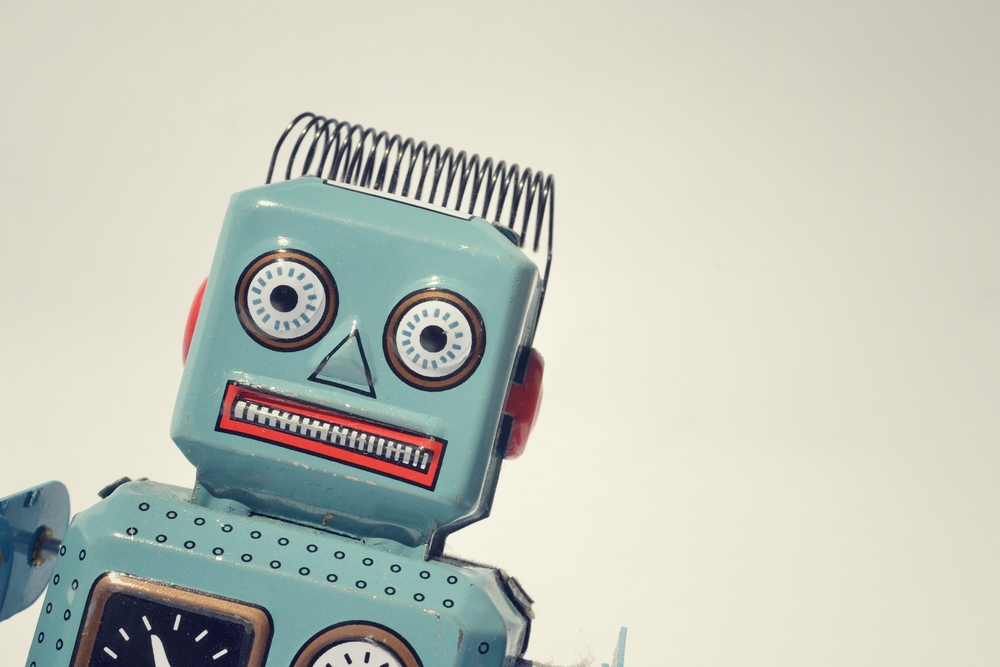What Happens to My Old Gadgets

We all love a few favourite gadgets and no matter how old they get, our heart aches to bid adieu to them. However, at some point in time we are forced to part ways with our favourite gadgets and welcome another new technology. Recent research has shown that all electronic waste needs to be disposed of rather than shipping them to poorer countries to get the dirty work done.
The need to professionally recycle old and used gadgets has increased greatly over the last few years. It has been researched that anything having a printed circuit board should no longer be put in the dust bin for municipal collection. Even if we do not take into account the rest of the toxic materials, the lead present alone in soldered joints needs to be recycled absolutely professionally.
Going by the reports of StEP (Solving the E-Waste Problem), a United Nations initiative, it has been noted that electronic waste contains around 60 elements apart from flame retardants and other extremely harmful chemicals. Apart from the heavy metals like mercury and lead, these wastes are found to contain several quantities of beryllium, arsenic, cadmium, polyvinyl chloride and many other harmful substances.
Highly toxic substances like halogenated dioxins and furans are created when the flame retardants of circuit boards and casings are brunt at a low temperature. The Environmental Protection Agency of America has found that only 15 to 20 percent of the hazardous wastes in the country are recycled and the rest are in fact buried in the landfills. This is a great threat not just to the existence of mankind in the present times but also to the presence of human life on earth in the coming days.
Countries where health and safety regulations are not that stringent, like Asia and Africa, receive the bulk of the entire waste. These exports, though banned in Europe, continue to remain legal in the United States of America. Shippers use these wastes under the name of goods for reuse or refurbishing. In fact the United States is the only developing country that has refused to confirm the Basel Convention of 1989. Going by this treaty it was decided that the export of harmful wastes from developed to Third World Countries would be banned.
The e-waste capital of the world is the Chinese city of Guiyu located in the Guangdong province. It is true that bulk wastes are still shipped to this area from some of the major ports of the world yet the e-waste processed in China is domestically produced today. The circuit boards are soaked in acid to dissolve the lead and other metals. The plastic cases are ground into pellets as well. If we go by recent statistics, India is another processor of e-waste. Circuit boards in India are recycled by just tossing them into the fire. This not just melts away the plastic, but it also burns down each and every material except for the copper and gold.
The bulk of e-waste is increasing by 8 percent every year. So what can we really do to reduce the harmful impact of this growing waste to our health and body? You can be part of the solution by finding your local drop off point for recycling your old gadgets
Katie Baker is an Environment Columnist and blogs for Ecogreen IT Recycling. She is also community manager for various Environment Forums.
